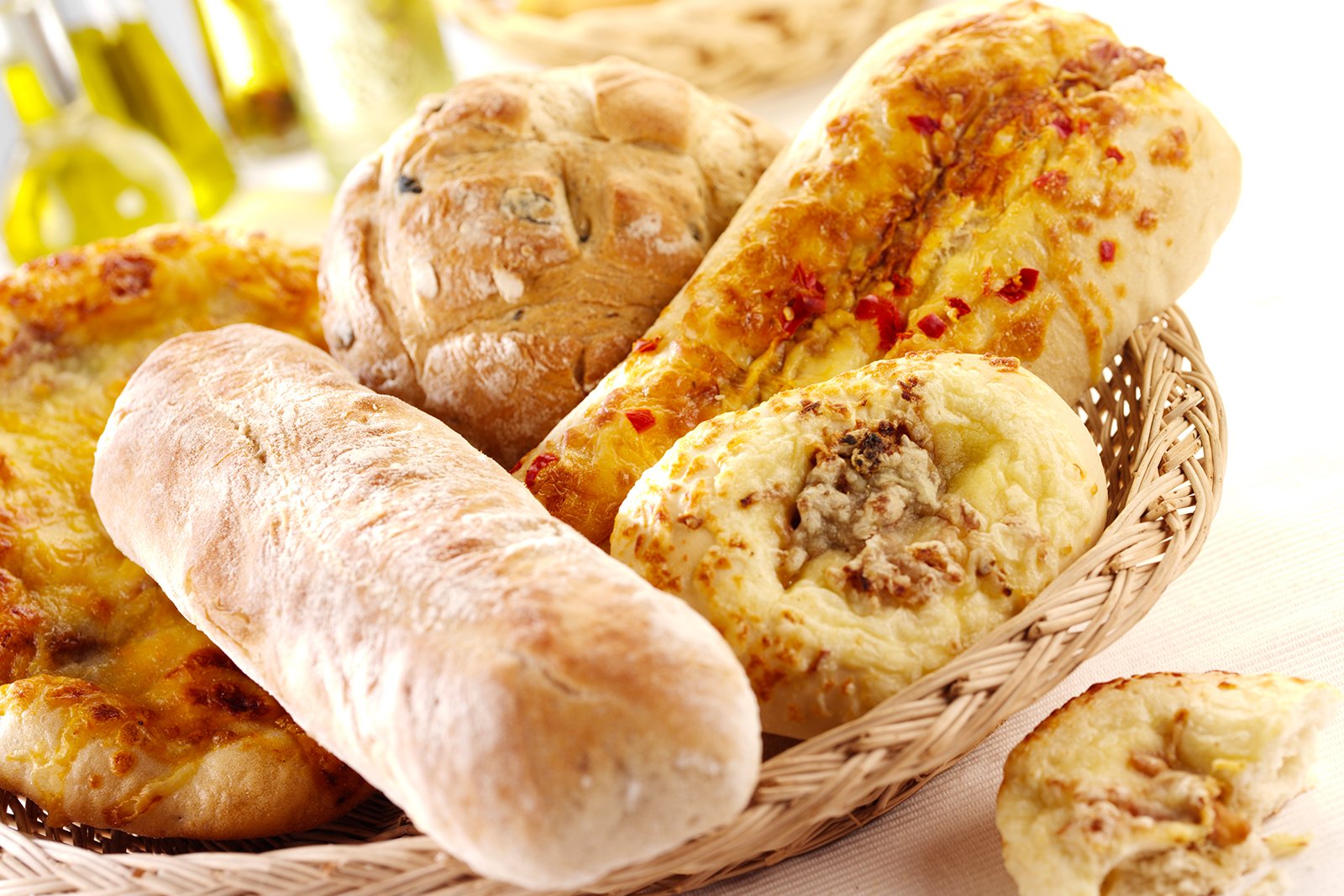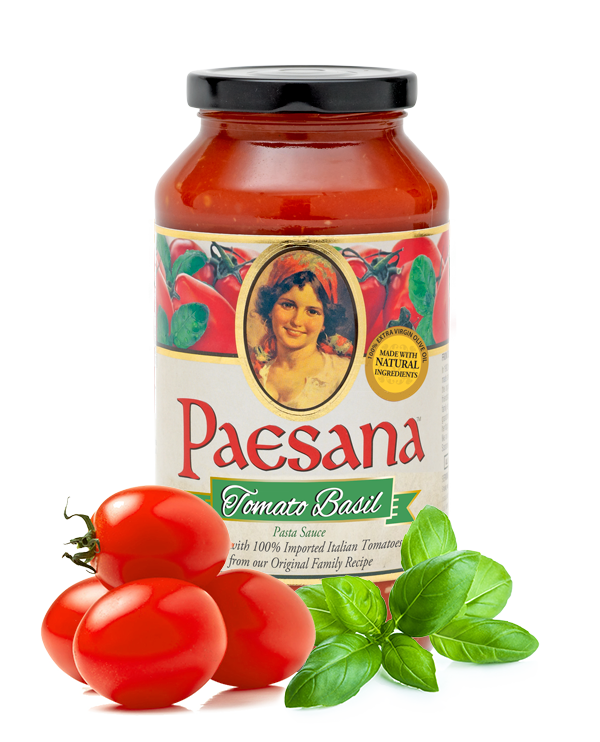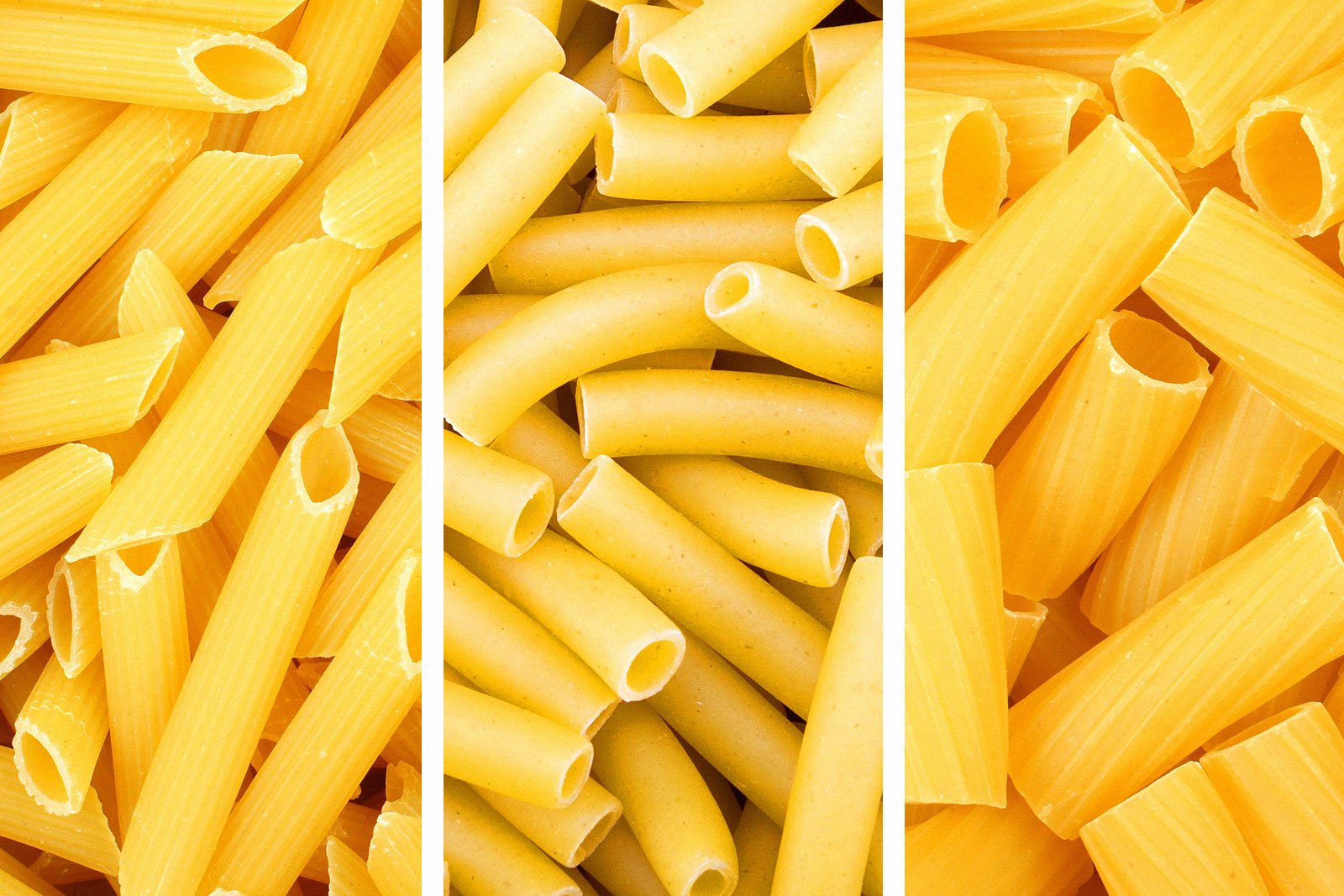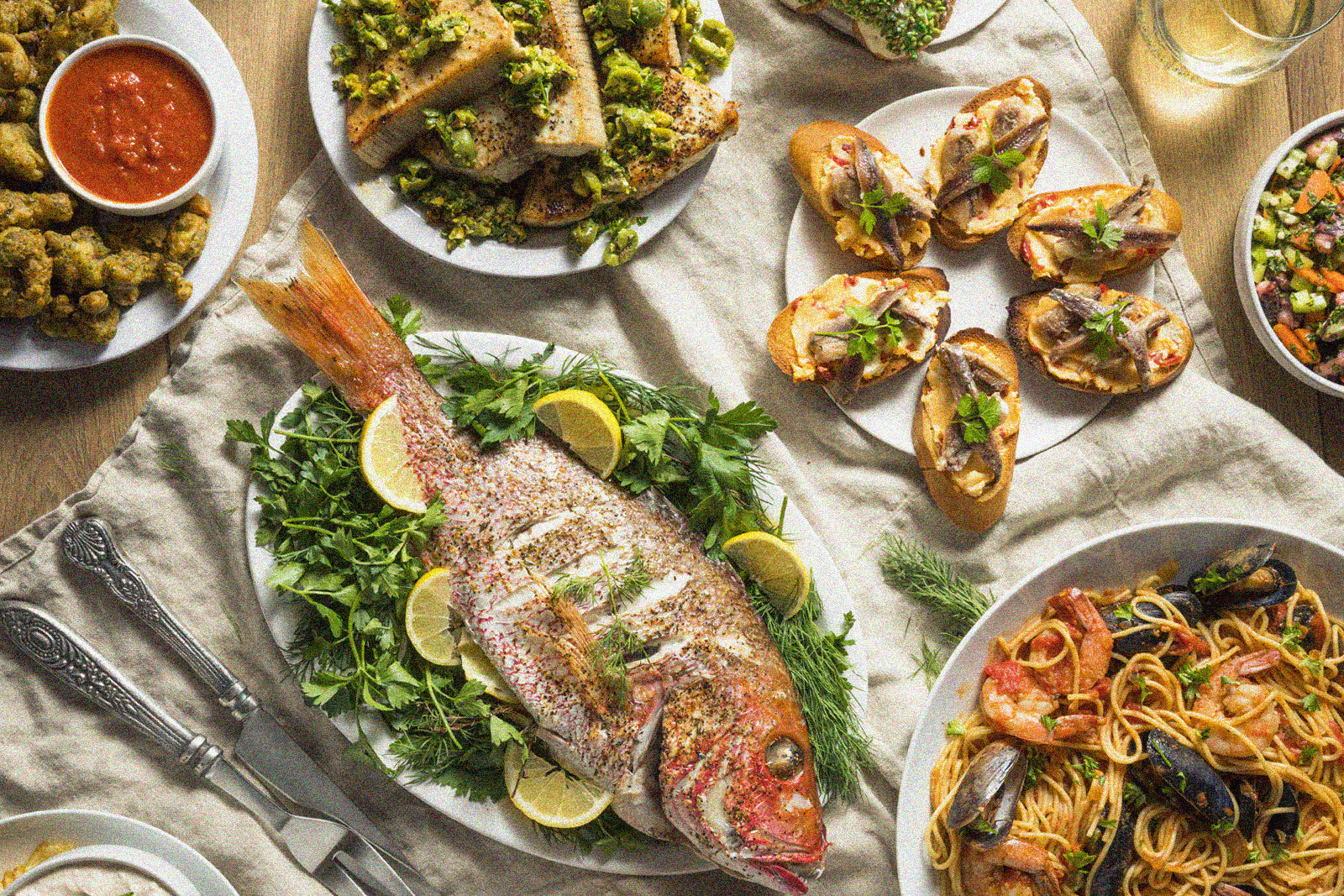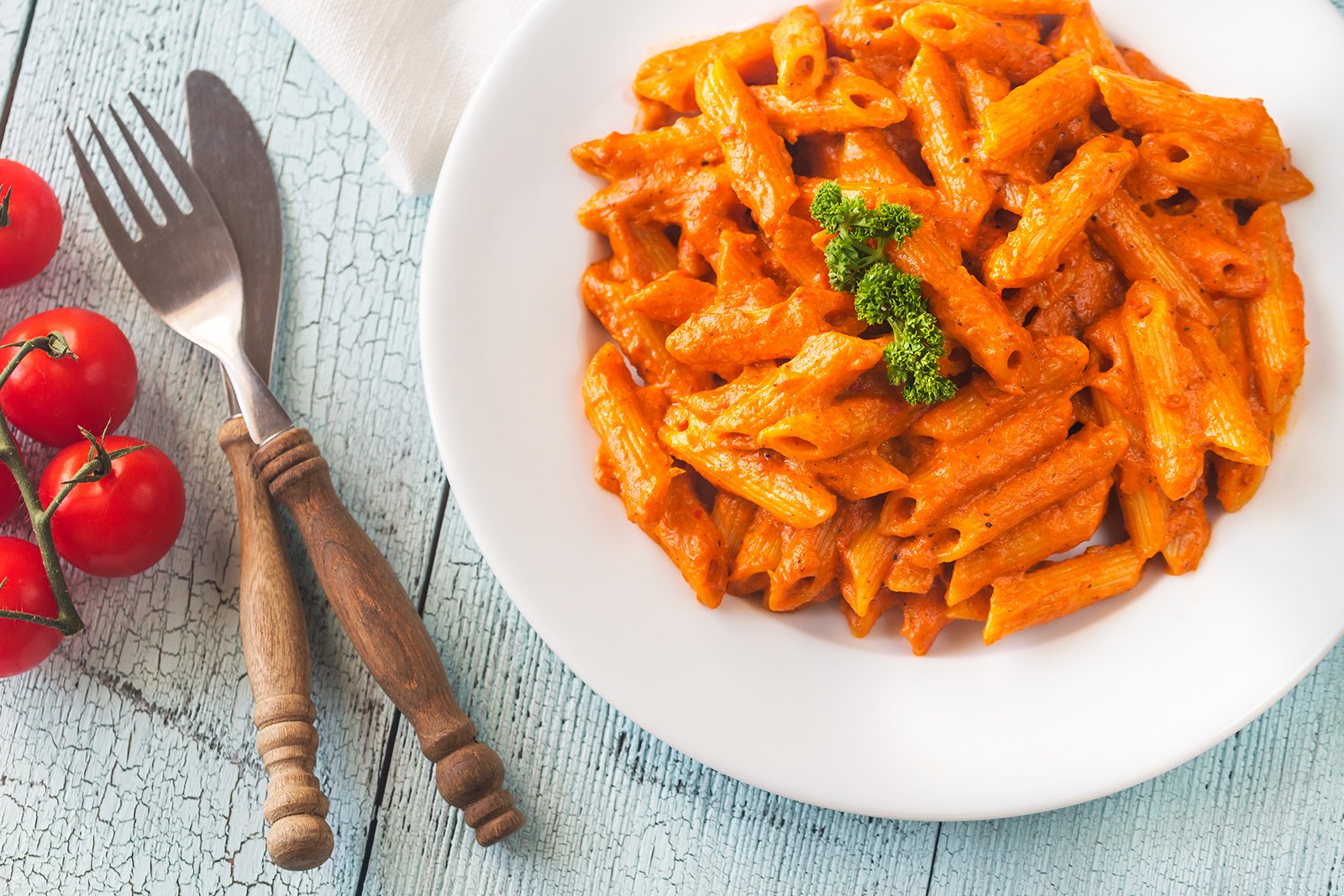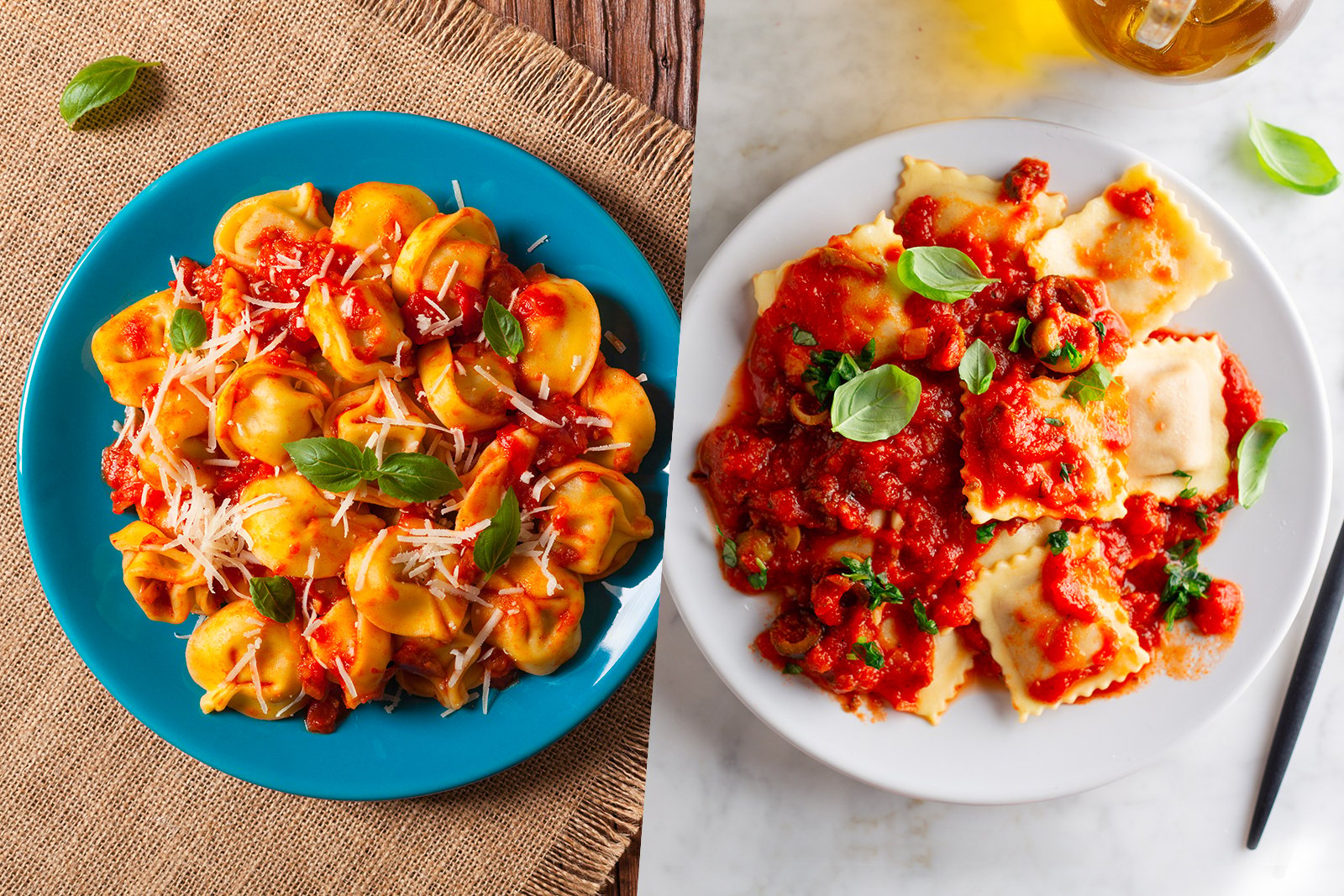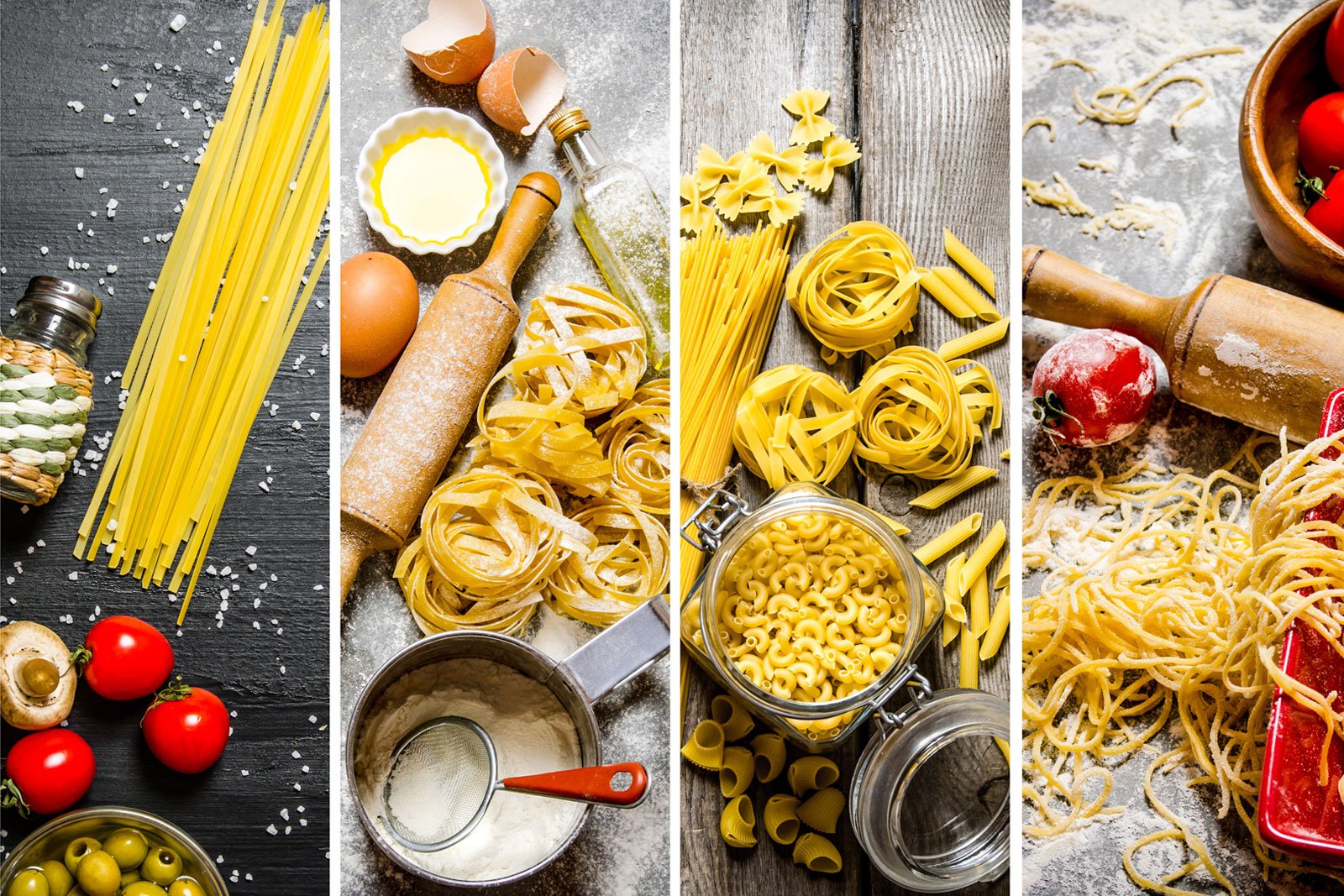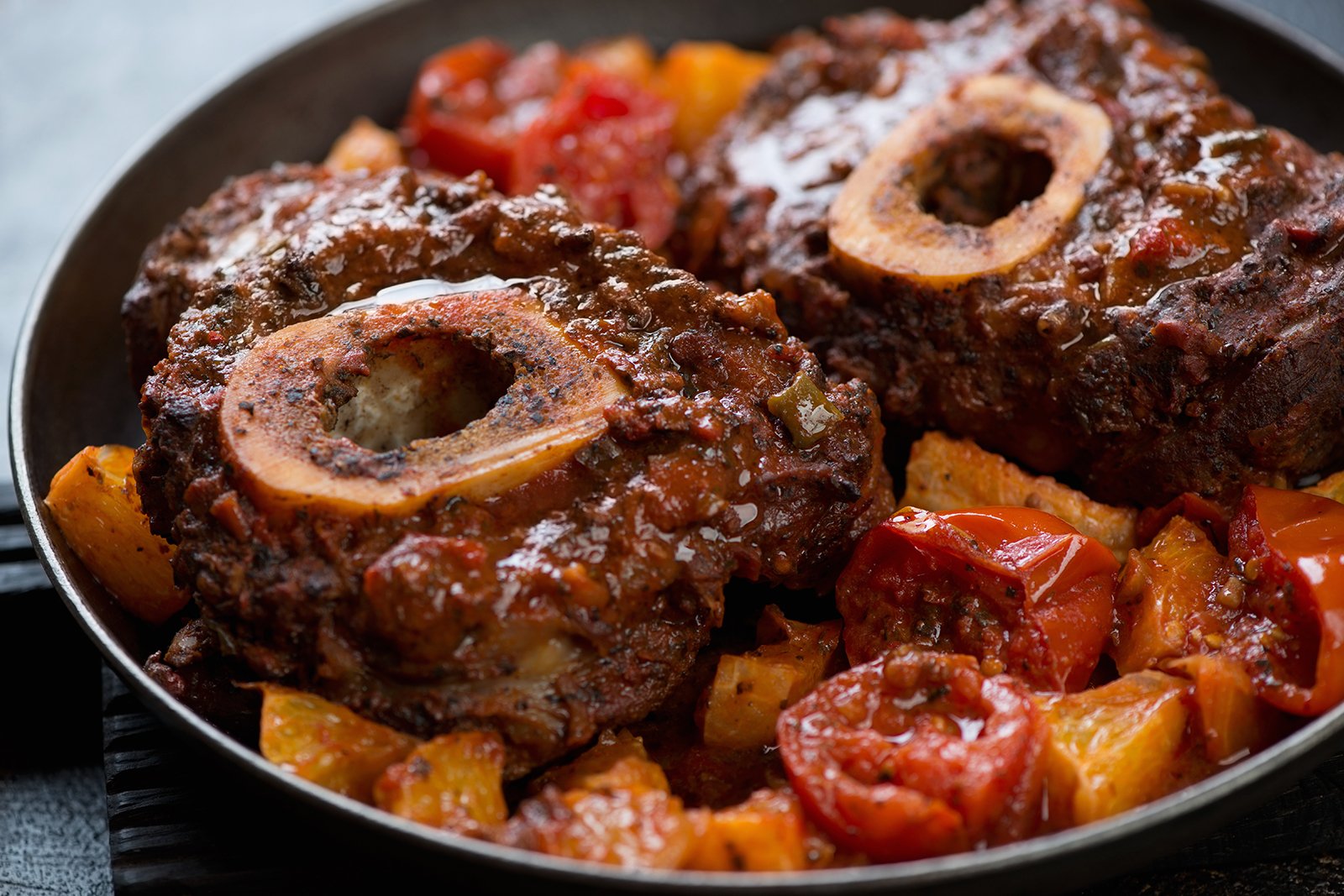“Bread is bread,” said no Italian ever in the history of Italian bread.
Open the bread drawer in the kitchen of any Italian-American home and you’re likely to find multiple loaves of varying provenance. Then, take a look in the freezer of the same Italian home and you’ll discover, somehow, even more varieties of bread than were in the bread drawer. No, we people of Italian descent don’t hide a bread hoarding problem—we just really, really love bread and believe that each cherished loaf has a specific role to play when it’s time to eat.
The belief in the many splendors of bread—be it baked or fried, airy or dense, crusty or soft—was born at different times throughout history across the 20 regions of Italy. It makes sense when you think about it. In regions where rustic soups are popular, you’re going to find different styles of bread than in regions where meat is king. And here in this country, where Italian-American delis are rolling out dozens upon dozens of sandwiches every lunch hour—fuggedaboutit, bread is never “just bread.”
Whether used to mop up sauce or displayed as a pristine appetizer with meats and cheeses, bread is crucial to the lore of Italian food. Let’s take a look at some of our favorite breads and find out the best way to enjoy each.
Classic Italian Bread
Let’s start with bread in its purest form. First, cards on the table, there’s really no such thing as what we might call “Italian bread.” As we’ve mentioned time and time again, the arrangement of disparate regions in the Old World means that “Italian bread” actually refers to a veritable baker’s dozen (and thensome) of different breads. But, when we go to the bakery or grocery store in this country, Italian bread is definitely a thing, so let’s talk about that!
When you think of classic Italian bread, images of a multi-textured loaf probably come to mind. Crusty on the outside, soft and fluffy on the inside. It’s the perfect bread for a simple salami sandwich or an Italian hero with multiple meats, a garden’s worth of veggies, and a drizzle of vinegar and olive oil.
Focaccia
One of the most iconic Italian breads, focaccia is a flatbread that’s baked on a flat sheet pan with a rich flavor imparted by large streams of extra virgin olive oil. Some of our favorite varieties of focaccia include rosemary, garlic, onions, or even cherry tomatoes. The more toppings you add, the better this bread becomes as an appetizer. This is the kind of Italian bread that’s perfect on its own as a snack or dunked into a hearty bowl of minestrone or lentil soup.
Whether used to mop up sauce or displayed as a pristine appetizer with meats and cheeses, bread is crucial to the lore of Italian food.
Ciabatta
This rustic Italian loaf gets its incredible texture from the many irregularly shaped air pockets strewn throughout the soft and chewy interior, which is encased in an extra crunchy exterior. An Italian white bread made from wheat flour, water, salt, yeast and olive oil, the dual-textured nature of ciabatta makes it an amazing loaf for sandwiches. Those honeycomb-like nooks and crannies also make ciabatta a wonderful soup bread.
Piadina
Street food is an important part of the Italian food culture landscape, with many different regions slinging signature specialties. In the Emilia-Romagna region, it’s all about piadina. A flatbread usually the size of an English muffin, piadina is made by cooking dough on a hot griddle until it puffs up a bit. It’s then either split (again, like an English muffin) or folded in half and stuffed with cured meats like prosciutto and, of course, cheese.
Filone
Filone is a classic everyday Italian yeast bread with a texture and crumb similar to the French baguette. The name of the bread comes from the Italian word "filo", which means "line.” What sets this particular bread apart from other varieties is that it’s made with a starter called biga, which gives it a unique, sourdough-like flavor. It bakes up crispy on the outside and remains very light and airy inside. Its status as an “everyday bread” means it’s consumed in nearly any mealtime situation.
Friselle
Don’t let the shape fool you, this bread is not a dried half of a bagel. Friselle is a twice-baked, ring-shaped bread that’s a regional specialty in Puglia, in the south of Italy. This is about as ancient as Italian bread gets, probably coming to Italy from the vast network of Mediterranean trading ships. Today, friselle is seasoned with extra virgin olive oil, salt, and tomatoes, and used in the same way as its close cousin, the bruschetta.
Biscotti
People often refer to biscotti as “cookies.” As you’ll find throughout life, people are often wrong. Biscotti is really a sweet biscuit, baked twice to double the shelf life. Modern recipes tend to add much more sugar than in classic recipes, perhaps given rise to mythical “biscotti cookie” origin. Biscotti is best as a small breakfast treat, sidled up next to a morning cup of coffee or espresso.
Open the bread drawer in the kitchen of any Italian-American home and you’re likely to find multiple loaves of varying provenance.
Semolina
Semolina bread is what it sounds like—bread that’s made with semolina flour. Derived from durum wheat—the same that’s used for many dried pastas—semolina flour has nutty undertones and imparts a golden hue to the bread that makes it stand out from other loaves. As for the crust of a semolina loaf, it’s next-level delicious. Crusty and sturdy, it makes for excellent sandwich bread and can be toasted in slices for a crostini appetizer or in chunks for truly excellent croutons.
Schiacciatina
This bread comes straight from the fields of Tuscany, where farmers would traditionally pack the crunchy flatbread for a snack during a long, arduous day of labor. It’s extremely portable and often comes in two varieties: Extra thin and crispy or slightly thick like a semi-soft focaccia. As it’s typically eaten alone, the dough is often kneaded with more salt than other Italian breads.
Pane Toscano
Also from Tuscany, pane toscano comes from the other side of the salt spectrum—made with none whatsoever. This makes pane toscano bland on its own, but that blandness means this bread pairs perfectly with the extra salty cured meats and cheeses. Soft and chewy in texture, this bread should absolutely be enjoyed with capicola and pecorino romano cheese.
So Many More Breads To Be Had
This is by no means the end all, be all list of Italian breads. But all blogs must come to an end. Only a small slice of the many breads of Italian descent, these 10 types are a good place to start, but be sure to check back at a later date when we return to the bread aisle for more favorites from the world of carbs.

